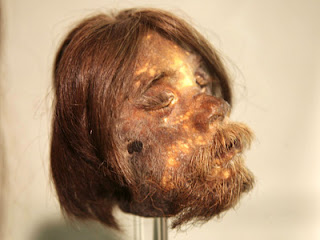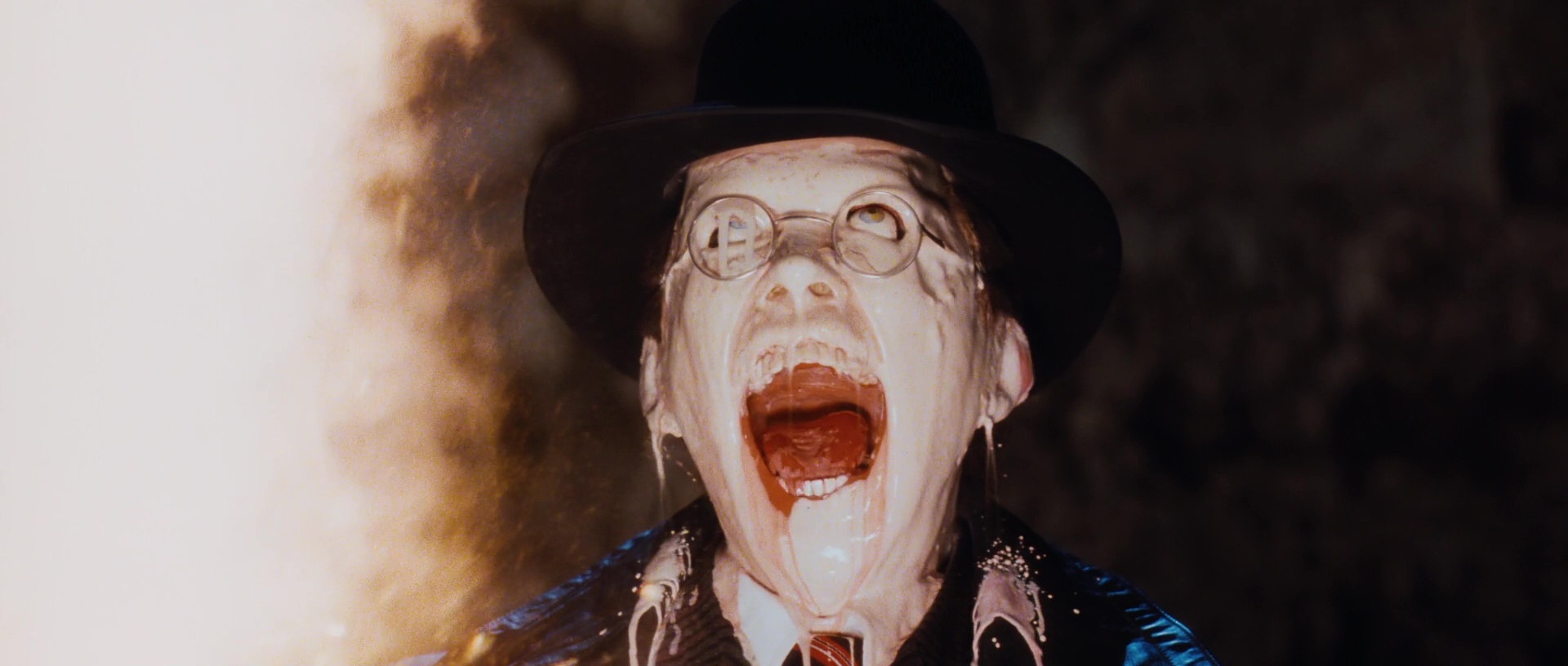Today we consider the head to be one of the most critical parts the human body. Without it we lack visual, auditory, and verbal capacities. It also houses the brain, our most complex organ which acts as a centralized control point for all other organs in our body. While this post was originally meant to discuss the post-mortem significance of the head in a variety of cultures, it quickly deviated to being a post about head-hunting.
When investigating burials, one of the first things we note is the orientation of the head and body compared to nearby burials. Often we find some sort of decoration associated with the head, often in the form of a diadem, crown, wreath, or head dress. In modern western funerals, it is common for only the head of the deceased to be shown prior to burial, for this is how we recognize the individual.
When investigating burials, one of the first things we note is the orientation of the head and body compared to nearby burials. Often we find some sort of decoration associated with the head, often in the form of a diadem, crown, wreath, or head dress. In modern western funerals, it is common for only the head of the deceased to be shown prior to burial, for this is how we recognize the individual.
A coffin opened to reveal the deceased's head.
Detaching the head and skull from the rest of the body for burial or treatment can be found among a number of cultures. The Maori of New Zealand are infamous for their Mokomokai, the tattooed mummified remains of their enemies' heads.
While fascinating in their own right, they also represent one of the biggest archaeological disasters ever. Due to extreme European interest in Mokomokai during the 19th century, the heads had become almost a form of currency with which the Moari could purchase firearms and other European goods. The demand became so great that tribes even resorted to outright war with each other in order to collect more heads for barter. As a result, heads found their way to museums and collections all over the world. Efforts to repatriate them to the Maori have lead to some very unfortunate circumstances.
Shrunken head from Peru.
Head-hunting wasn't exclusive to Maori, examples of the practice can be found from South America to Europe, to Polynesia. American WWII soldiers were even reported of collecting Japanese skulls as trophies.
Celtic Mythology has several references to the power of the head. While it appears to be debated among scholars, Roman sources mentioning the practice of Celts mounting heads on walls, provide strong evidence that Celts were Head Hunters. The apparent Celtic fascination with collecting heads is informally known as the "Cult of the Head."
The Hero of the Tain, Cu Chulainn, beheads a large number of foes through the course of his adventures. One case has him decapitating twelve foes and placing their heads on separate pedestals.
However, the archaeological evidence for Celtic head-hunting is nearly non existent. Some scholars suggest that this portrayal of Celts in myth was the result of Christian scholars barbarizing pagan Celts in their recording of their mythology.
I'm uncertain, and probably unqualified to make a guess at what drove the people of these cultures to collect the heads of their enemies. Perhaps they believed that heads held the soul, and holding heads held power over the enemy? Or maybe, head hunting was an infrequent practice in most cultures, and only emphasized by "civilized" peoples to demonstrate how "barbaric" they were (as many argue cannibalism to be).
Anyways, I'll leave you with my necessary pop culture reference and favorite fictional example of head-hunting.









